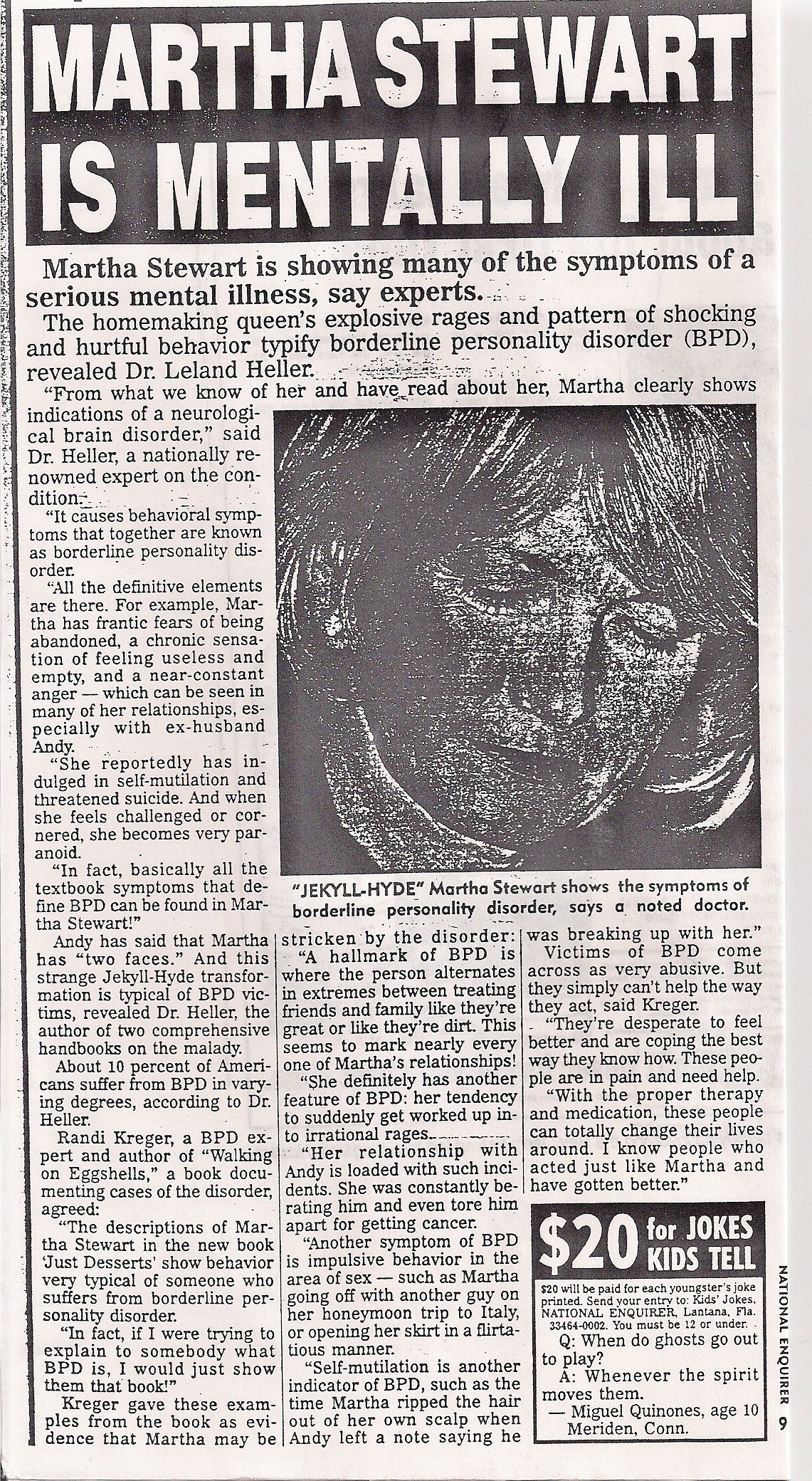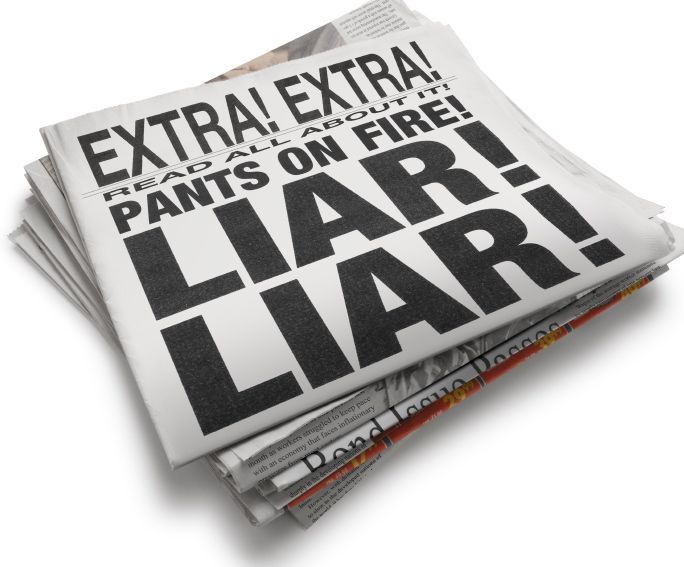Now we’re waiting for the court to rule. Guesstimate is that it will happen in early 2019. If they rule for me (the plaintiff in Ted Rall v. LA Times et al.), anti-SLAPP is no longer an issue, the Times is out of stalling tactics, and we begin discovery: subpoenaing the Times’ secret documents and deposing their employees in preparation for trial in LA Superior Court.
If they rule for the Times (the defendant), my defamation and wrongful termination case ends. I will have to pay the Times hundreds of thousands of dollars in their padded $715-an-hour fees.
More importantly, losing my case would be a major defeat for anyone who works for what a California court defines as an employer of a “media company” with First Amendment rights: a newspaper, a magazine, a website, a social media platform, any number of Silicon Valley tech companies. If I lose, it means the Times’ argument that they can defame, retaliate and discriminate against their employers — even for sexist, racist or homophobic reasons — would become case law. Any “media” company in the state would become exempt from these important protections.
That’s why I’m fighting so hard. It’s not just for me. Tens of thousands of California workers, most of whom have never heard of me or my case, are in danger of losing their rights because of the Times’ reckless arguments.
In summer 2017 the Times won its abusive anti-SLAPP motions against me in LA Superior Court. We believe that Court made a number of errors in its decision that will be corrected when the Court of Appeals considers my case “de novo” — without considering the decision of the lower court.
Earlier this summer we filed our Opening Brief in the Court of Appeals. The Times filed its Respondents Brief. Now we’ve filed our response to their brief. There will be no more filings.
Next the Court will schedule oral arguments. They will either rule from the bench right there and then or issue their decision in writing shortly thereafter.
Some of you have asked whether Dr. Pat Soon-Shiong, the biotechnology entrepreneur and physician who purchased the Times earlier this year, has tried to resolve my case. The answer is no. Upon acquiring the Times Dr. Soon-Shiong said he intended to turn over a new leaf at an institution infamous for mismanagement and corruption; we still have yet to see any sign of improvement.
Thank you for your support. The fight for a free press continues.


